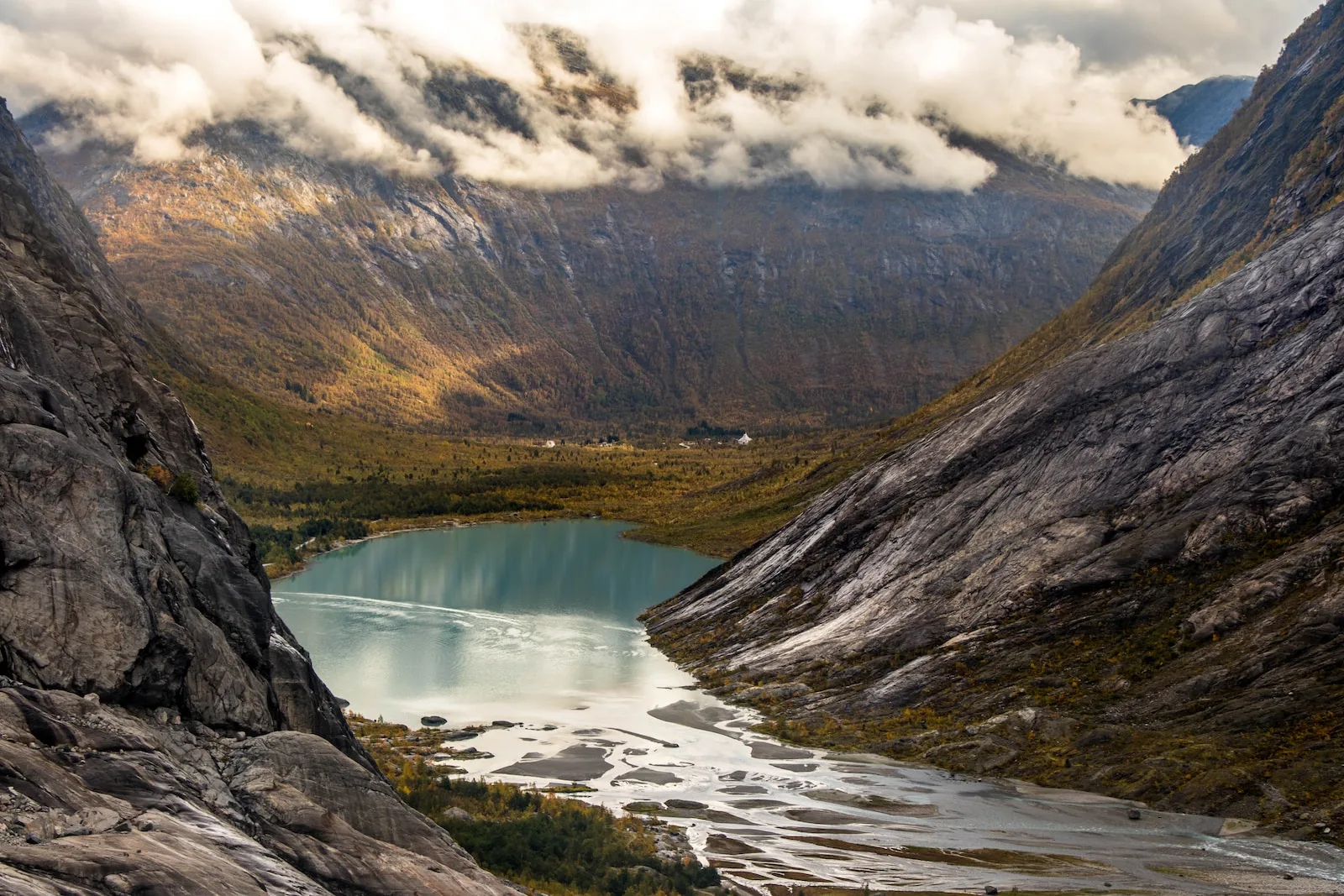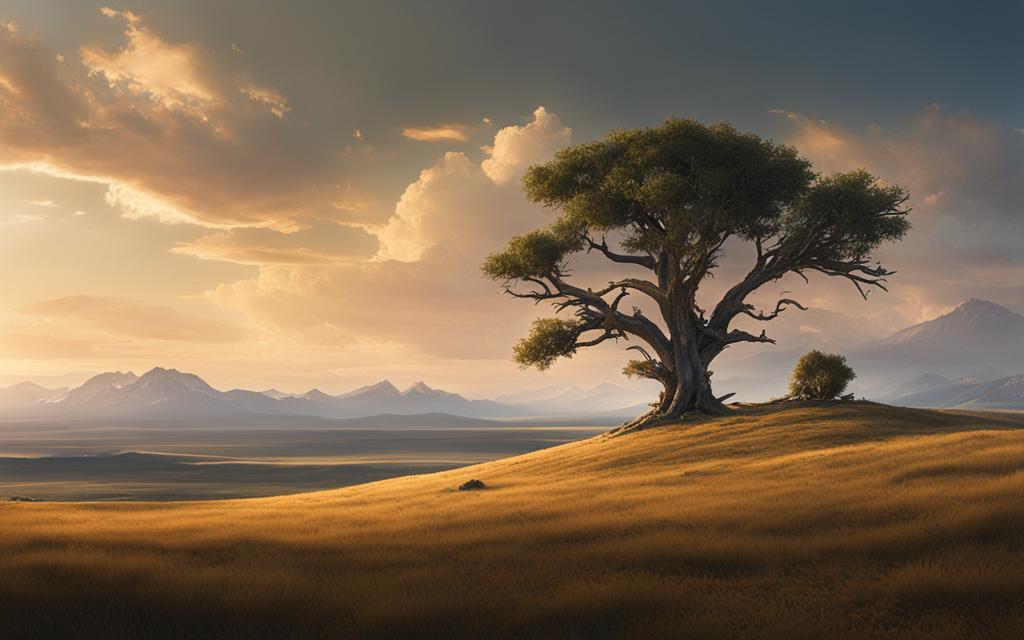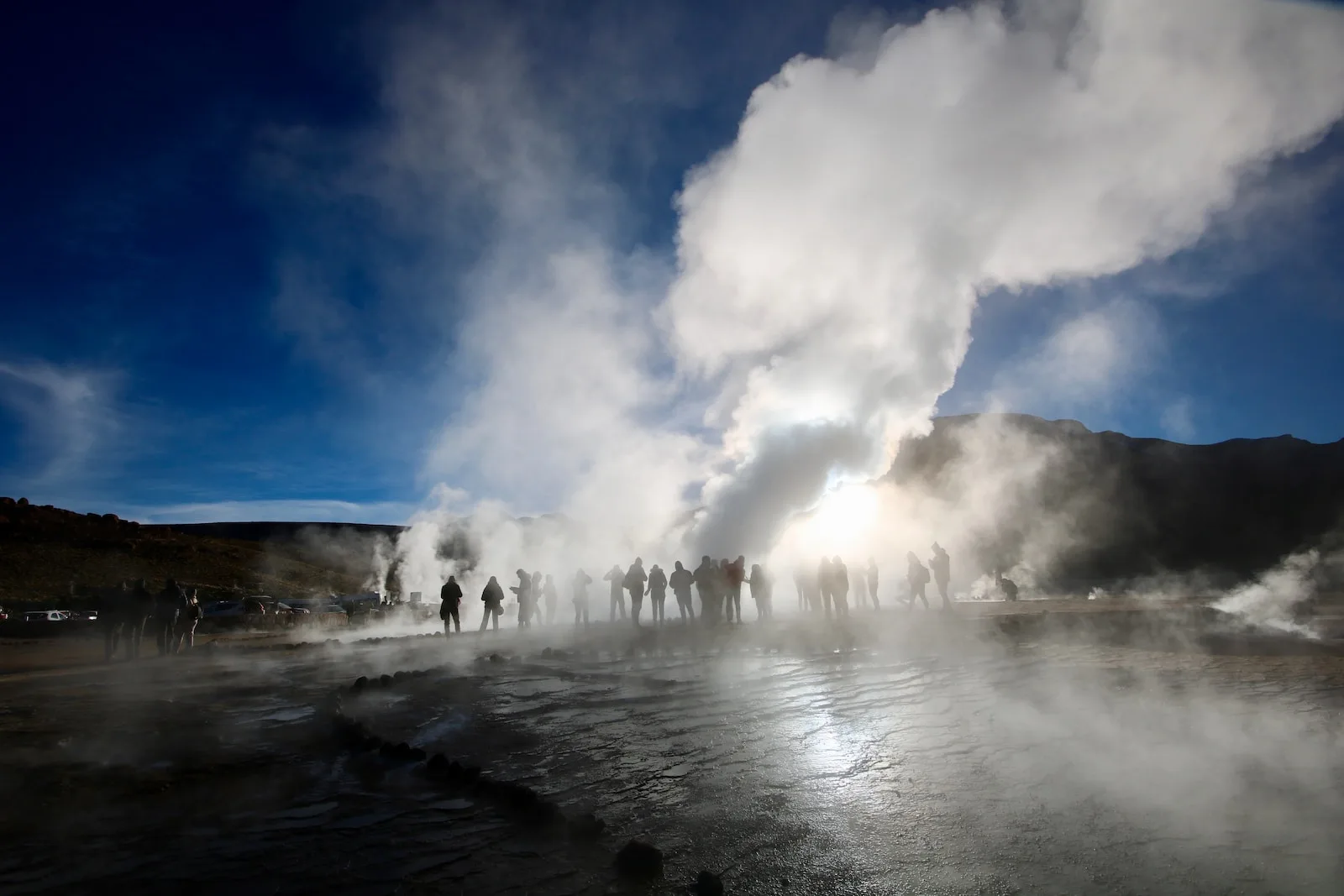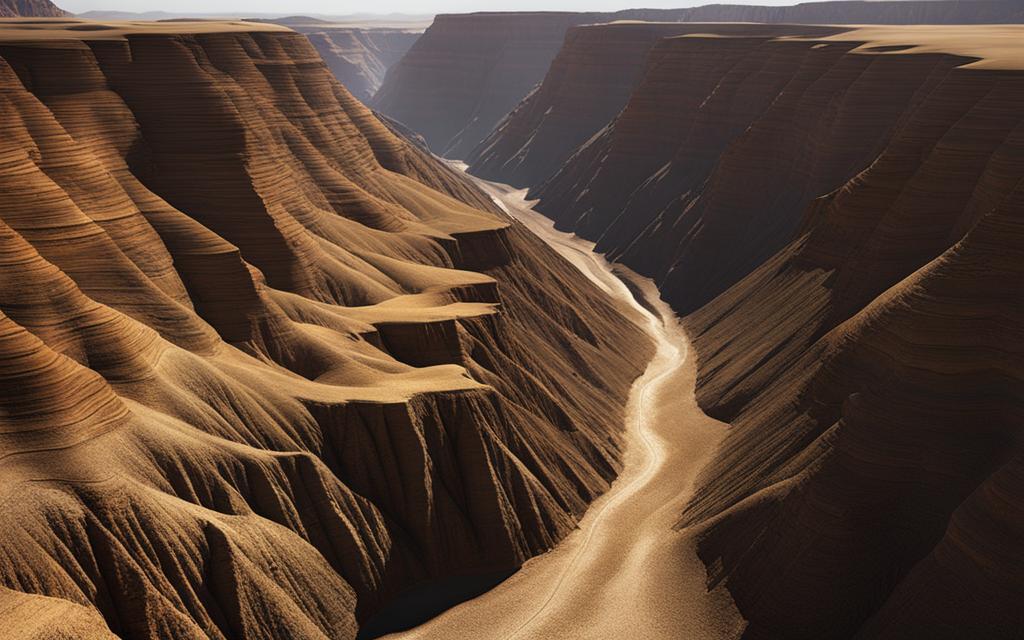Introduction
Welcome, dear readers, to this enlightening exploration of the enchanting realms known as river valleys and glacier valleys. In the vast tapestry of our planet’s landscapes, these natural wonders stand out as captivating features shaped by the forces of water and ice. Understanding the differences between these two types of valleys not only deepens our appreciation for their magnificence but also grants us a glimpse into the peculiarities of their formation and their distinct characteristics.
Brief Overview of River Valleys and Glacier Valleys
Let us embark on a brief journey to grasp the essence of river valleys and glacier valleys. River valleys, born from eons of patient sculpting by flowing water, epitomize sheer resilience embedded in nature’s delicate designs. Constant erosion over time has carved these marvels into existence, shaping landscapes with winding rivers that become works of art meandering through lush plains.
In stark contrast, glacier valleys emerge as creations molded by immense sheets of ice relentlessly inching across vast terrains. The grinding power exerted by glaciers reshapes mountainsides with spectacular might, leaving behind awe-inspiring U-shaped profiles that mirror their ancient movements.
Importance of Understanding Their Differences
Why is it crucial to discern the disparities between river valleys and glacier valleys? The answer lies in unraveling Earth’s enigmatic past while fostering an appreciation for its ever-changing face.
By studying these unique formations, we gain insights into geological processes that have shaped our planet since time immemorial. Moreover, comprehending the divergences between river valleys and glacier valleys empowers scientists and environmentalists alike to decipher vital clues about climate change.
These natural wonders act as living archives narrating tales from ages past – stories that help us recognize shifts in climate patterns throughout history and predict future environmental transformations. As we delve into the intricate details of river valleys and glacier valleys in the subsequent sections, prepare to be enthralled by their distinctive features, their remarkable origins, and the fascinating stories they whisper from the depths of time.
The Formation Process of River Valleys
Erosion by Flowing Water Over Time
You might not realize it, but rivers are powerful sculptors of the Earth’s surface. Over hundreds, thousands, or even millions of years, flowing water has the remarkable ability to shape and carve out valleys. The formation of river valleys begins with a simple process: erosion.
As water rushes downstream, it carries along tiny particles like sand, silt, and rocks. These particles act as natural tools that scrape away at the land’s surface.
When the river encounters obstacles such as boulders or cliffs in its path, it gains momentum and powerfully erodes the surrounding rock and soil. The continuous force exerted by the flowing water gradually deepens and widens the valley over time.
It’s like nature’s version of sandpaper on a grand scale! This relentless erosion leads to the creation of deep channels that we know as river valleys.
The Role of Rivers in Shaping the Landscape
Rivers play an essential role in shaping our magnificent landscapes. As they flow downhill towards lower elevations, they cut through mountains, hillsides, and plateaus like skillful sculptors shaping clay into beautiful works of art. By carving through layers upon layers of sedimentary rock or even harder igneous formations, rivers leave behind breathtaking scenes that are both awe-inspiring and humbling.
The constant movement of water can result in various landforms within river valleys. One prominent feature is their distinctive V-shaped profile with steep sides.
Picture a bird’s eye view: if you were to fly over a river valley from above, you would notice its narrow bottom widening gradually towards its mouth where it joins another body of water such as a lake or an ocean. Another fascinating aspect is the presence of meanders – those graceful curves you often see winding their way through flat plains.
Meanders form when the river’s current encounters uneven resistance from the surrounding landscape. As water flows faster on the outside of a bend, it erodes the bank there, creating a curve.
Over time, this process causes meandering rivers to change course and shape their surroundings. In some cases, these changes lead to the formation of oxbow lakes.
These unique bodies of water were once part of a river but became isolated when the river carved a new path and abandoned them. Oxbow lakes provide essential habitats for various plant and animal species, bringing life to these dynamic landscapes.
One last fascinating result of rivers shaping their valleys is the creation of alluvial plains. As rivers flow downstream, they carry sediment with them – everything from fine particles like silt to larger rocks and stones.
When rivers slow down or encounter an obstacle such as a lake or an ocean, they deposit this sediment along their banks and create fertile plains that hold incredible agricultural potential. River valleys are truly wonders to behold—testaments to the power and persistence of flowing water over time.
Glacier Valleys
Formation Process: Creation through Glacial Erosion and Movement
Glacier valleys, my dear readers, are a marvel of nature’s craftsmanship. Picture this: colossal masses of ice slowly moving down a slope, like a ballet performed in slow motion.
It is through this majestic dance that glacier valleys are born. Glaciers possess an uncanny ability to carve out the landscape as they grind away at the earth beneath them.
With each movement, they erode the rock and soil, sculpting magnificent U-shaped valleys that stretch far into the distance. Intriguingly, glaciers have played an essential role in shaping our planet’s landscape throughout history.
They have left their mark on mountainsides, sweeping away everything in their path as if nature herself was wielding a mighty chisel. As these masses of ice scrape downward with immense pressure and force, they create long and broad valleys that are truly awe-inspiring.
Characteristics and Features: U-shaped Profile with Gently Sloping Sides
When it comes to appearances, glacier valleys possess a distinct charm all their own. Unlike river valleys with their steep V-shaped profiles, glacier valleys exhibit a more gentle disposition. You see, when glaciers pass through an area over time, they grind away at the surrounding rock and excavate it in such a way that gives birth to these magnificent U-shaped formations.
The sides of glacier valleys slope ever so gradually downwards compared to their river valley counterparts that boast steep vertical walls. This gradual descent is due to the grinding action of glaciers as they move forward with determination and purpose.
More enchanting still are the features found within these grand glacier valleys. Hanging valleys grace their landscapes – smaller tributary valleys that join the main valley at different heights like guests arriving fashionably late to an extravagant gathering.
These hanging valleys offer glimpses of nature’s playful asymmetry, showcasing the diverse tapestry of landforms that glacial erosion can produce. Cirques, those picturesque bowl-shaped hollows carved out by glaciation, add another layer of beauty to the scene.
And let us not forget the moraines – rocky debris left behind by glaciers as they recede – which are like breadcrumbs leading us on a journey through time and space. Among these wondrous features, glacial lakes emerge as gems in this frozen realm.
They are formed by meltwater collecting in depressions created by retreating glaciers, forming serene bodies of water that reflect the majestic surroundings with crystal clarity. These glacial lakes offer tranquil oases amidst the rugged landscape, inviting travelers to marvel at nature’s artistry.
Differences between River Valleys and Glacier Valleys
My esteemed readers, now that we have explored both river valleys and glacier valleys in all their splendor, it is time to compare and contrast these magnificent creations of Mother Earth. The differences between them lie not only in their formation processes but also in their shape, profile, features, and sediment deposition.
A: Formation Processes:
River valleys come into being through the tireless work of flowing water over an extended period.
On the other hand, glacier valleys are forged through glacial erosion caused by massive ice movements down slopes.
B: Shape and Profile:
While river valleys showcase a V-shaped profile with steep sides due to water’s erosive power over time, glacier valleys flaunt a more gentle U-shaped profile with gently sloping sides owing to glaciers’ grinding action during their majestic descent.
C: Features:
River valleys often surprise us with their meandering bends along a river’s course that give rise to captivating oxbow lakes. Glacier valleys astound us with hanging valleys – smaller tributary valleys merging at different heights within the main valley – adding layers of complexity and intrigue to their landscapes.
D: Sediment Deposition:
My dear readers, let us not forget the matter of sediment deposition.
River valleys gift us with alluvial plains formed by the deposition of sediments carried by flowing water. In comparison, glacier valleys leave behind moraines – rocky debris that act as breadcrumbs from the past – as reminders of their glacial journey.
Let us revel in the magnificence of these natural wonders. The differences between river valleys and glacier valleys illuminate the diverse forces at play in shaping our planet’s landscape.
Even though they have distinct features and processes, both inspire a sense of awe and wonder within our souls. May we cherish these marvels of nature, for they remind us of the immense power and beauty that surround us every day.
 Skip to main content
Skip to main content


